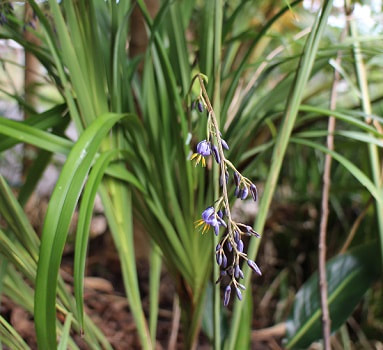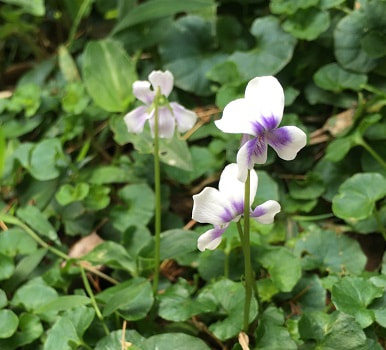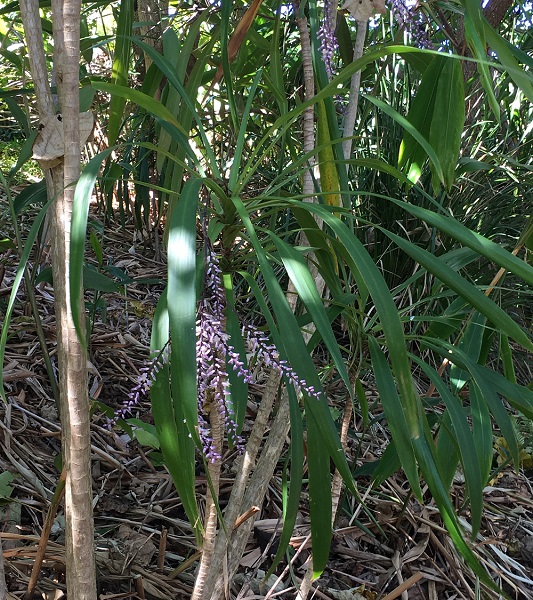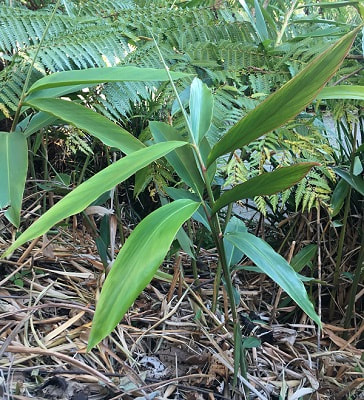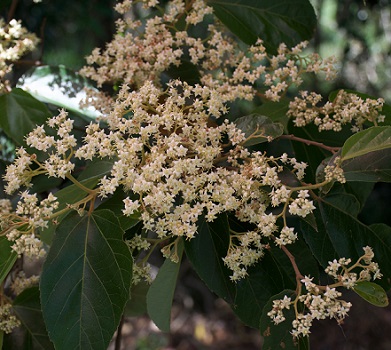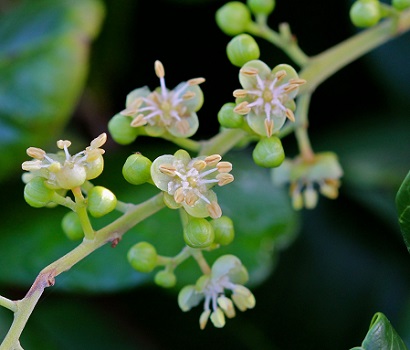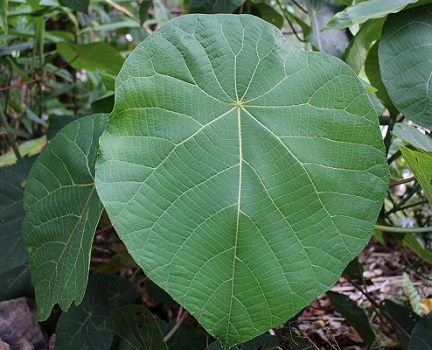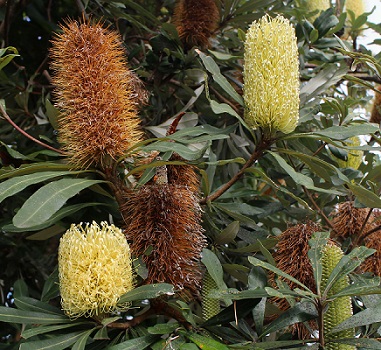Creating a Habitat Garden
Lennox is home to many wonderful creatures including echidnas, bandicoots, possums, wallabies and a variety of birds and lizards. Creating habitat for wildlife in your garden is one way you can help to ensure their survival. Here a some tips on how to create a haven for both you and the wildlife to love...
1. Create layers and diversity
- When planning your garden, try to establish layers which mimic what we find in our natural areas - you’ll need a tree layer, mid layer and ground layer.
- Leave some leaf litter and fallen branches - this is habitat for invertebrates and insects, and feeding areas for frogs, lizards, small mammals and ground birds.
- Plant a variety of species which provide a range of foods such as nectar, fruits or berries, and seeds. Also plant species which flower at different times to provide year-round food for wildlife.
- Place rocks, boulders or logs around for lizards and frogs to shelter in.
- Don’t forget wildlife needs water - so putting in a frog pond or bird bath is a good idea.
2. Plant natives local to Lennox
We have many great local native plant species to choose from. When choosing keep in mind that some plants grow better in sandy soils and others in red soils.
3. Explore and learn
The best advice we can give you is to get out and explore our local nature. Walk the headlands, the dunes and the heathlands. Learn about the plants we have and the animals they attract.
By planting local (endemic) natives you can connect your garden to the existing wildlife corridors and enhance the survival of many local native animals by providing food and/or habitat for insects, reptiles, frogs, birds and small mammals.
There are other potential side benefits as well:
If you match the plants to your microclimate/soil conditions then you may never need to water your garden
Some of our locals double as bush foods or have other indigenous uses
Some favourite garden plants from other parts of the world escape into our bushland and either replace native plants or are toxic to native animals; you will be helping to reduce this in the bush around Lennox
Between Lennox Head and the Motorway, Ballina and Broken Head there are essentially 6 vegetation communities which flourish depending on how well drained the soil is and the sites exposure to sun, wind and salt. This means there are a range of species from groundcovers to vines, shrubs and trees which could be suitable for any spot in your garden
(possible content)
1. Table of plant species and basic growing conditions (eg well drained soil, shelter from wind and salt, full- sun to light shade….)
2. Warning that not all species are available commercially. Some may be available through BSC nursery, Burringbar Rainforest Nursery or Firewheel nursery…
3. Plants available through Lennox Head Landcare
· List under headings groundcovers / shrubs / vines / trees / aquatic
· Fact sheets reproduced
By planting local (endemic) natives you can connect your garden to the existing wildlife corridors and enhance the survival of many local native animals by providing food and/or habitat for insects, reptiles, frogs, birds and small mammals.
There are other potential side benefits as well:
If you match the plants to your microclimate/soil conditions then you may never need to water your garden
Some of our locals double as bush foods or have other indigenous uses
Some favourite garden plants from other parts of the world escape into our bushland and either replace native plants or are toxic to native animals; you will be helping to reduce this in the bush around Lennox
Between Lennox Head and the Motorway, Ballina and Broken Head there are essentially 6 vegetation communities which flourish depending on how well drained the soil is and the sites exposure to sun, wind and salt. This means there are a range of species from groundcovers to vines, shrubs and trees which could be suitable for any spot in your garden
(possible content)
1. Table of plant species and basic growing conditions (eg well drained soil, shelter from wind and salt, full- sun to light shade….)
2. Warning that not all species are available commercially. Some may be available through BSC nursery, Burringbar Rainforest Nursery or Firewheel nursery…
3. Plants available through Lennox Head Landcare
· List under headings groundcovers / shrubs / vines / trees / aquatic
· Fact sheets reproduced
Lennox Natives for the Garden - a quick guide
There are so many great local native species suitable for a Lennox habitat garden. These are just a few that are easy to get your hands on at local nurseries.
Ground-layer
With any luck you shouldn’t need to invest too much in ground layer species. Many of these will simply pop-up in your garden and it’s more about knowing what they are and not pulling them out. Also, if you have a tree that birds are fond of, you’re likely to find a variety of local trees popping up underneath it. Remember that if plants aren’t popping up where you want them to you could always transplant them somewhere more suitable. Common pop-ups are soft brackens, native violets, commelina and basket grass.
Mid-layer plants
Tree Layer: Banksia, Tuckeroo, Brown Kurrajong, Beach Bird’s Eye, Lilly Pilly, Macaranga, Bangalow Palm.
Mid Layer: Cordyline, Native Ginger, Midgen Berry, Walking Stick Palm, Burrawang, Grass Tree.
Ground Layer: Blechnum Fern, Birdsnest, Pigface, Dianella, Native Violet.
Mid Layer: Cordyline, Native Ginger, Midgen Berry, Walking Stick Palm, Burrawang, Grass Tree.
Ground Layer: Blechnum Fern, Birdsnest, Pigface, Dianella, Native Violet.
